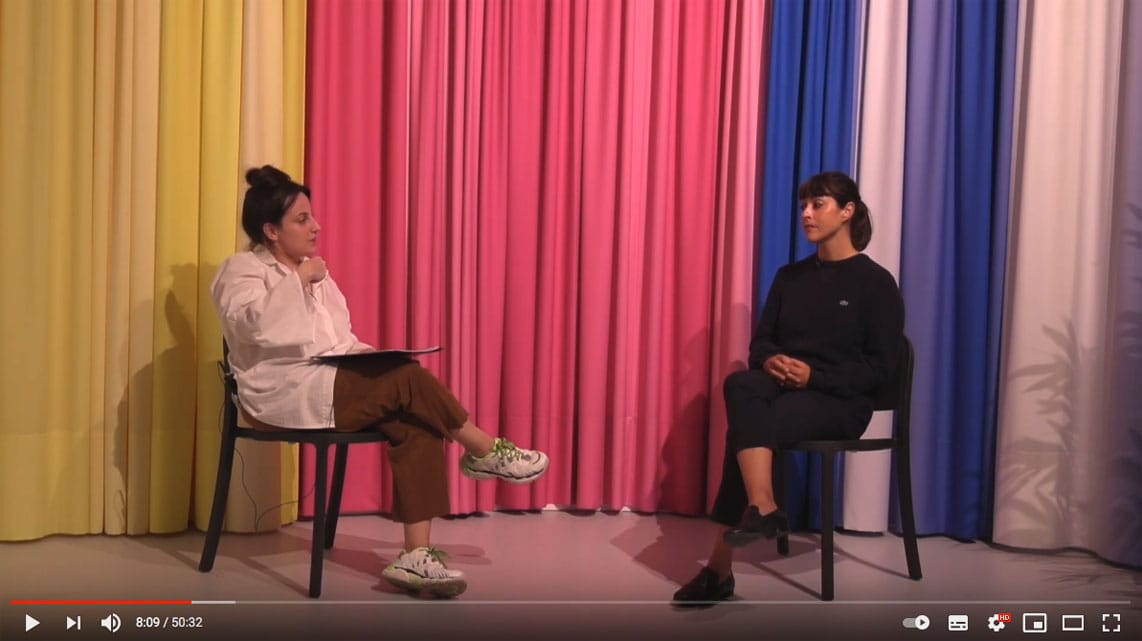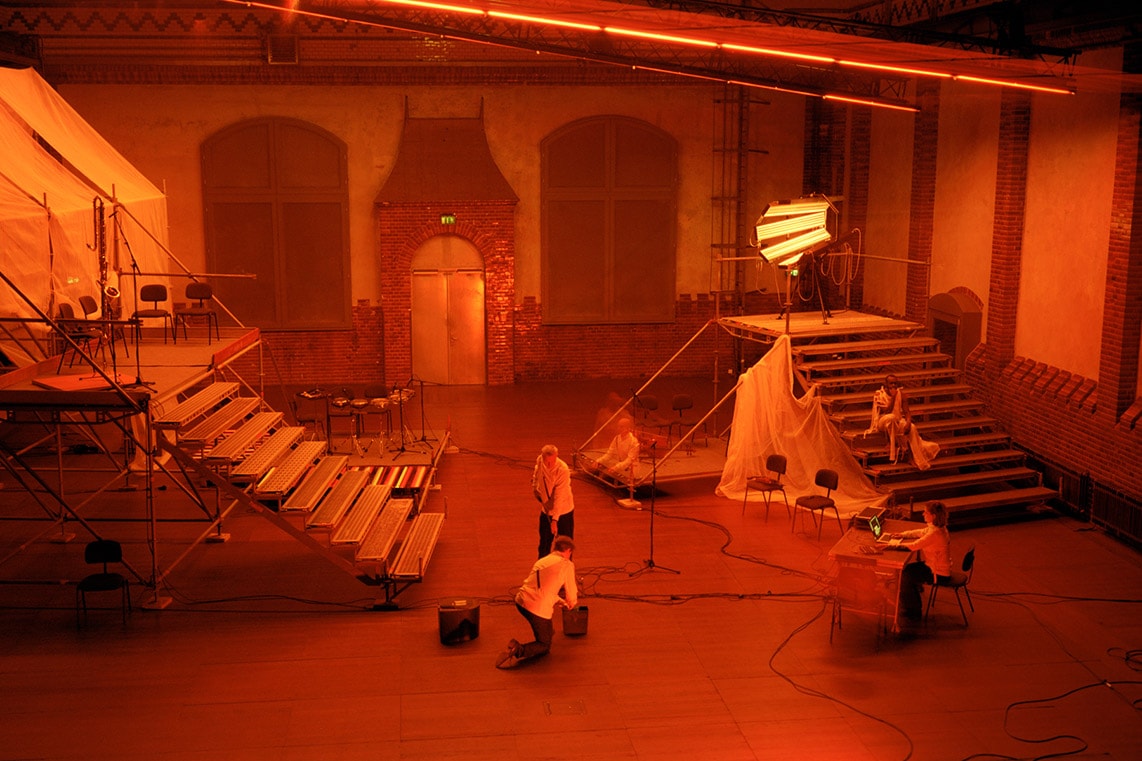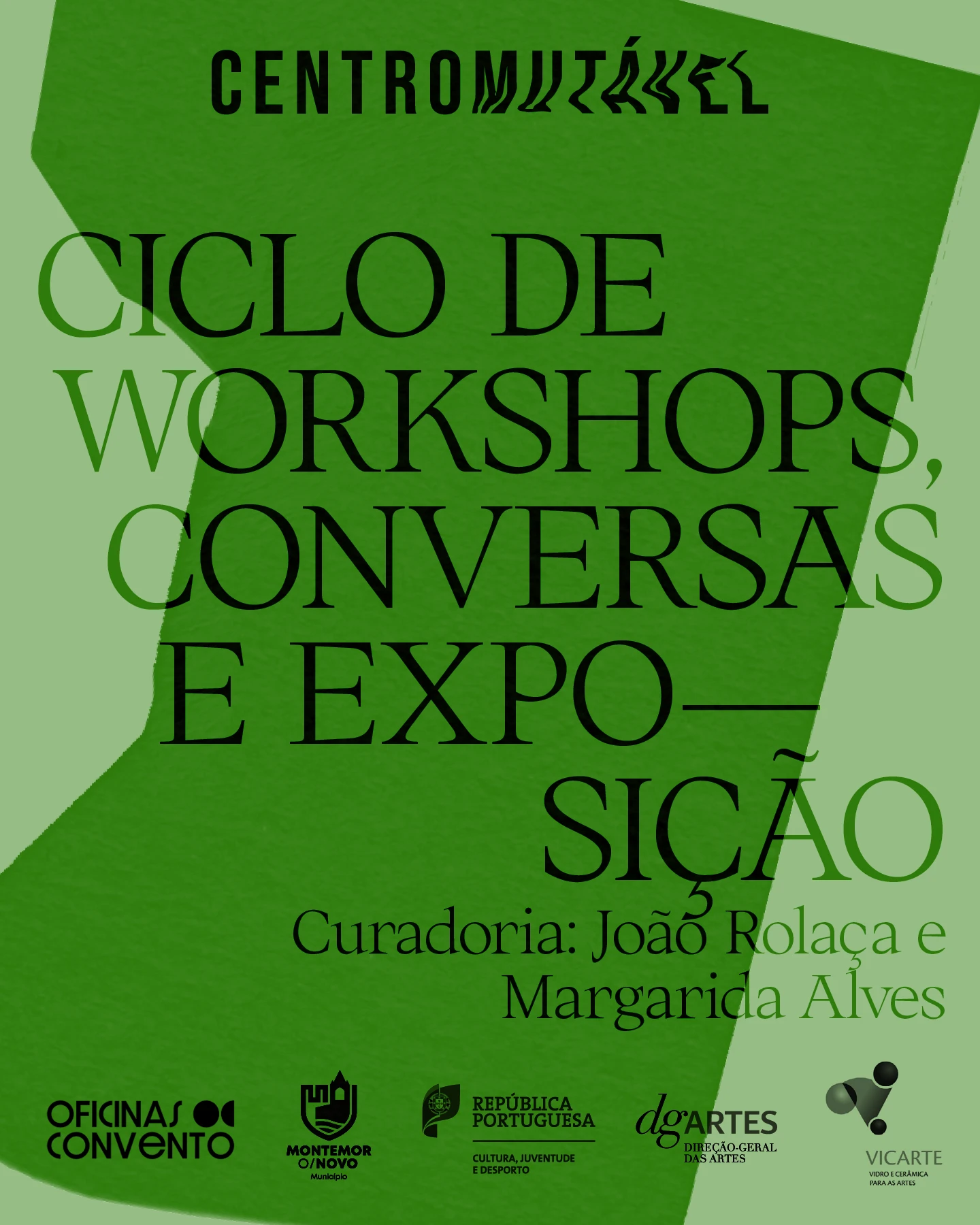Through the Keyhole is a formless and informal project, intending to show how different works, documents and objects are displayed in one’s home. It is not so much an exhibition as an unconcerned show, composed by idiosyncrasies and affections that escape us, with reflections not limited to the language of art: the works find their place in any corner of the house and private memory, among books, paraphernalia, souvenirs, unusual and dissonant for some, regular and harmonious for others.
Through the Keyhole is the suspension of objective coherence; a compliment to subjective order. Looking with curiosity through a door’s keyhole, which, with its publication, materializes itself in a simple generous act, which must be respected and intuited in this way. It is an atlas of affectivity, more than a Mnemosyne atlas – after all, times are intertwined: the personal with the historical, the collective memory with that of its actors and authors.
Along the way, the right place for art, far from the institution or the compulsive and curated collection – the place of art close to the ghosts of emotions and the intimate relational continuum, of time and space composed of complicities, social gatherings, boredom, sorrows, frustrations and joys. The place of art close to each one.
Throughout this project, Umbigo will invite artists to show part of their houses and works with which they vigilantly share their daily lives. Each image is the face of a thought and a look, but also of a living and a being – until the pandemic allows it, until the street and the public social space return.
Through the Keyhole does not want to be much, it does not intend to be a landmark, just a crack in the door through which we peep, and a brief rearrangement of notes and objects, a fleeting order in the always chaotic and profuse private space.
_
For the second edition of the Through the Keyhole section, we invited the artist duo João Pedro Vale + Nuno Alexandre Ferreira, who throughout the years have been collecting works by friends and colleagues. Instead of the original titles, the artists favoured the familiar designations from which the artworks are known – a happy appropriation and subversion that underlines the uncompromised cordiality and companionship of works, objects, authors and collectors.




-6dqqe.gif)